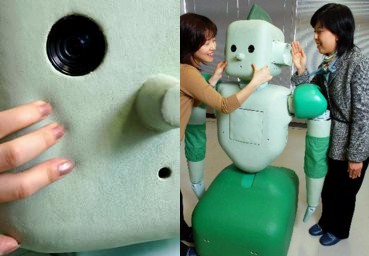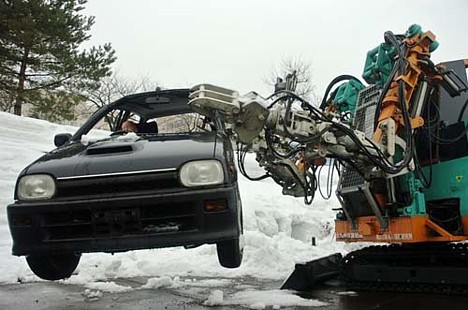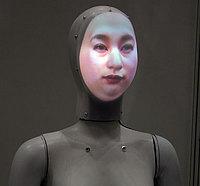 Chatty, a talking mannequin with a human face, is on display at the Tokyo International Anime Fair 2006 (at Tokyo Big Sight through March 26).
Chatty, a talking mannequin with a human face, is on display at the Tokyo International Anime Fair 2006 (at Tokyo Big Sight through March 26).
Developed by Ishikawa Optics & Art Corporation, Chatty has a face that is brought to life by means of a video projector inside its head. A video image of an actual human face (or the face of a computer-generated character, if you prefer) is projected onto the inner surface of the mannequin's face, which serves as a three-dimensional video screen. Audio synced with Chatty's video lip movements gives the face an astonishingly realistic look.
Chatty's presence at the anime fair brings Ishikawa one step closer toward realizing its dream, which is to see the technology behind Chatty's face be put to use in speech-capable historical figures for museum exhibits, theme park guides, or human-faced androids.
[Sources: IT Media, Chatty homepage (check out the video of Chatty reciting Humpty Dumpty in Japanese!)]
UPDATE: Video of Chatty emerges. The Humpty Dumpty mantra continues.

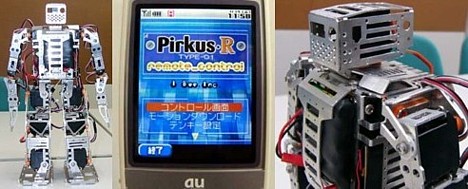
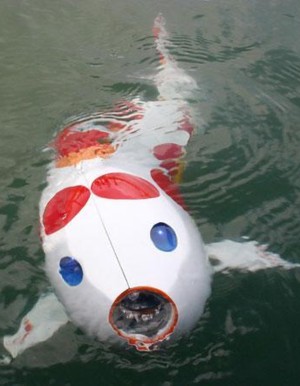
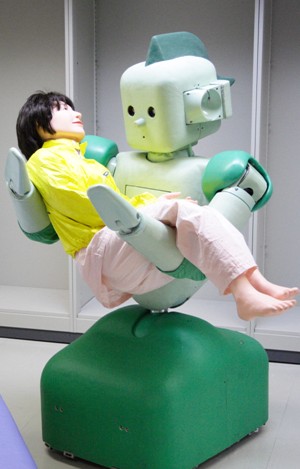 More details about
More details about 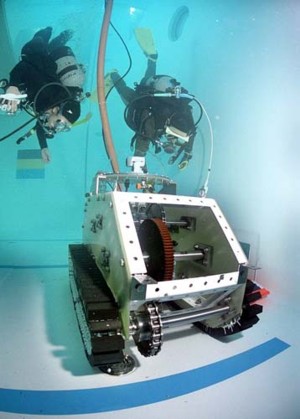 Robo-Fisher, a submersible robot designed to clean the floors of giant aquariums, is being developed by Osaka City University and eight private companies. Underwater operations were tested last week at a diver training pool in Osaka.
Robo-Fisher, a submersible robot designed to clean the floors of giant aquariums, is being developed by Osaka City University and eight private companies. Underwater operations were tested last week at a diver training pool in Osaka.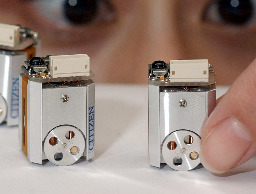 On March 6 in Osaka, Japan,
On March 6 in Osaka, Japan, 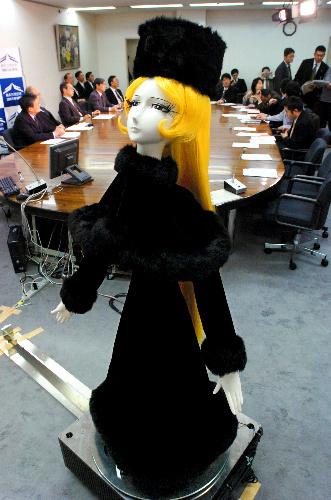 A robot modeled after Maetel, the heroine of Leiji Matusmoto?s legendary Galaxy Express 999 (Gingatetsudo 999) anime, will go to work as a guide at the New Kitakyushu Airport, which is scheduled to open on March 16. The android was unveiled on February 28.
A robot modeled after Maetel, the heroine of Leiji Matusmoto?s legendary Galaxy Express 999 (Gingatetsudo 999) anime, will go to work as a guide at the New Kitakyushu Airport, which is scheduled to open on March 16. The android was unveiled on February 28.